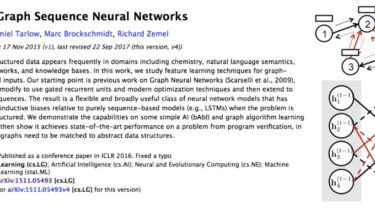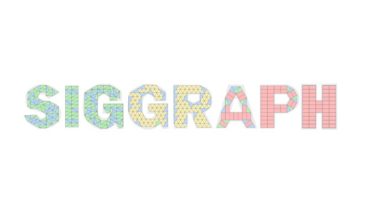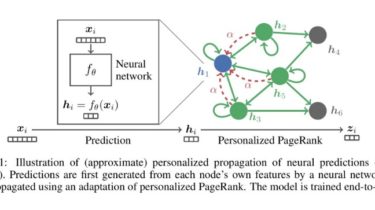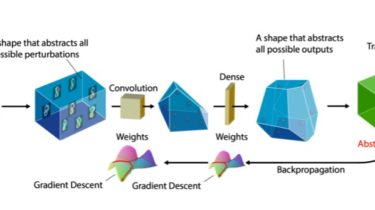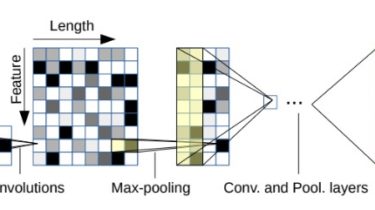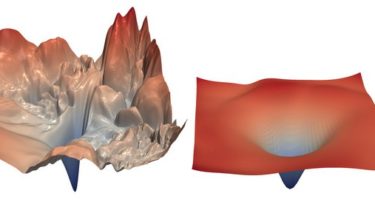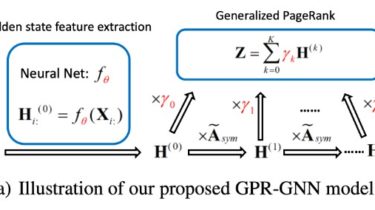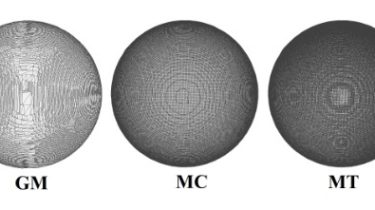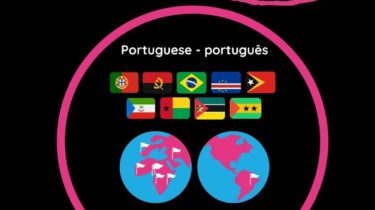A PyTorch Implementation of Gated Graph Sequence Neural Networks
A PyTorch Implementation of GGNN This is a PyTorch implementation of the Gated Graph Sequence Neural Networks (GGNN) as described in the paper Gated Graph Sequence Neural Networks by Y. Li, D. Tarlow, M. Brockschmidt, and R. Zemel. This implementation gets 100% accuracy on node-selection bAbI task 4, 15, and 16. Their official implementation are available in the yujiali/ggnn repo on GitHub. What is GGNN? Solve graph-structured data and problems A gated propagation model to compute node representations Unroll recurrence […]
Read more